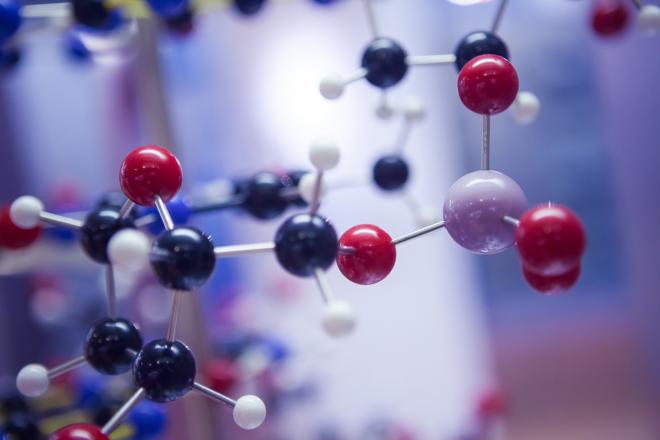Kiwi chemists develop new analysis tool
Molecular properties depend on molecular structure. Molecular conformation is the spatial arrangements of atoms in a molecule resulting from rotation of its constituent groups of atoms about single bonds. Variations, even subtle ones, in the conformation of a molecule can have a big impact on its shape, function and interactions with other molecules.
With this in mind, researchers at the University of Canterbury have developed a new tool to conduct more comprehensive studies of non-organic molecules. Better analysis of these molecules’ properties could lead to new products and applications in a variety of industry fields, including the development of industrial coatings, medications, fuels, and agriculture.
Nathaniel Gunby, under the supervision of Dr Sarah Masters and Dr Deborah Crittenden, used NeSI supercomputers to develop UCONGA, a Universal Conformer Generation and Analysis program package. UCONGA can generate conformer ensembles, or computer models, of molecular structures, analyse the ensembles, and group similar conformers together so that representative or unusual conformers can be selected for further study. The program can also be used to filter the conformer ensemble so that no two conformers are too similar to each other. Lastly, UCONGA can generate ensembles of molecular structures regardless of what elements or ring structure they contain.
All of these features will make UCONGA an extremely useful for computational and structural chemists, as the capabilities of existing tools are often limited. For example, computational chemistry studies typically require a trade-off between the number of conformers to be explored and the accuracy of the method used to calculate conformer energies. Ab initio potential energy surface scans are generally applicable, but scale badly with both molecular size and dimensionality of the search space. Specialized conformer generation techniques rely on parameterized force fields, and may also use knowledge-based rules for generating conformers, but are only available for drug-like organic molecules. Neither approach is well-suited to identifying important conformers for larger non-organic molecules.
Using UCONGA, researchers will be able to create better models of non-organic molecular structures, enabling them to make better predictions of their properties and the rates at which reactions will take place.
Without the NeSI resources, Masters says her group would have struggled to complete the development of UCONGA in a timely manner. This was especially important for Gunby, who was on a deadline to complete his thesis. Using NeSI, they were able to optimise their code by identifying and fixing bugs significantly more efficiently than if they were using in-house resources. Part of the development process required benchmarking and testing of some large molecules using ab initio methods to get reference data. This took a reasonable amount of time, even using the NeSI resources.
“Whilst UCONGA itself, now developed, works reasonably quickly, each testing phase took a lot of time as the package was refined. NeSI was relatively easy to access and use, and the support team would quickly help if any roadblocks were met,” says Masters. “Without a doubt, we would not have been able to undertake the development work for this project as quickly or efficiently without the support from NeSI.”
UCONGA is already being put to use within the Masters research group.
One of their current projects is modelling the chemistry of precursors used in the Pulsed-Pressure Metalorganic Chemical Vapor Deposition (PP-MOCVD), a process used for applying a ceramic coating to surfaces. Several aluminium and oxygen rich precursors are being investigated, including aluminium isopropoxide and aluminium sec-butoxide. These can potentially exist as monomers, dimers, trimers and even tetramers, all with multiple conformers.
As they look for ways to optimise the coating process, UCONGA will be one of the tools her group uses to support their research. Industry will be watching, as PP-MOCVD is often used for coating machine parts subject to extreme wear and tear.








